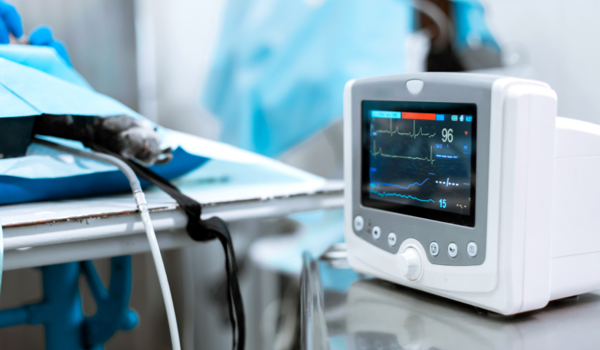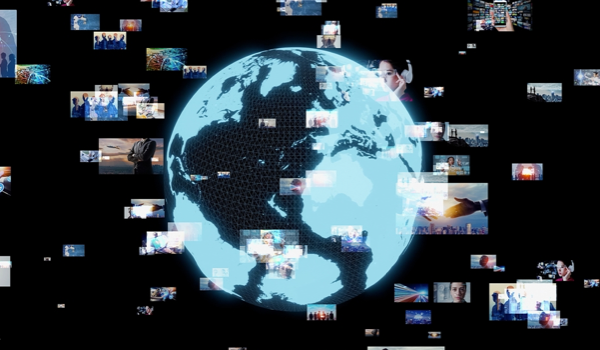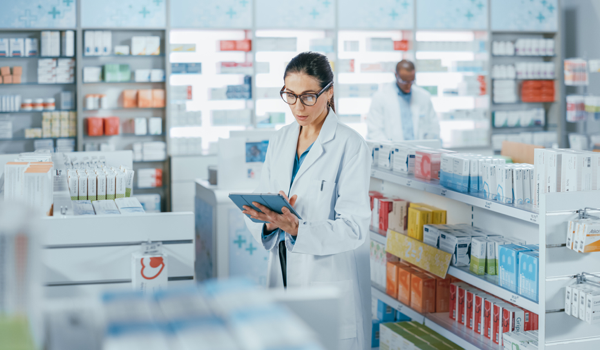


SEVILLE, SPAIN - ‘Doc, how much time do I have left?’
‘How will I feel during/after the cancer treatment?’
Oncologists must answer these questions (or similar ones) quite often in their daily routine whenever they communicate a new cancer diagnostic to patients. Those are tough questions indeed, and traditionally the only resources they have to answer them with are their own experience and, in some cases, generalist clinical calculators, also known as nomograms.1
Before digging deeper into nomograms as a prognostic tool, a brief introduction to overall survival and quality of life concepts in cancer care is necessary. Overall survival is a prognostic factor commonly used in oncology to describe the chances a patient has to stay alive for a set number of years after a cancer diagnosis. There are slight variations of the term to consider different time periods (e.g., one, two, five, or 10 years), and also to consider not only survival, but the chances of remaining disease-free after that time too.
Quality of life encompasses different aspects of health and wellness from both the physical and psychological standpoints. One of the most commonly used tools to assess patients’ quality of life is the EuroQoL family of questionnaires,2 which addresses the dimensions of mobility, self-care, normal activities, pain/discomfort, and anxiety/depression. Cancer treatment usually involves the prescription of aggressive therapies such as chemotherapy and/or radiotherapy and, depending on the drugs involved and the radiation regime, they have several associated side effects that may hinder a patient’s quality of life to differing degrees of severity.
Nomograms can be used to predict the chances of a patient surviving beyond a given period of time, or of developing side effects as a result of a cance
The content herein is subject to copyright by The Yuan. All rights reserved. The content of the services is owned or licensed to The Yuan. Such content from The Yuan may be shared and reprinted but must clearly identify The Yuan as its original source. Content from a third-party copyright holder identified in the copyright notice contained in such third party’s content appearing in The Yuan must likewise be clearly labeled as such. Continue with Linkedin
Continue with Linkedin
 Continue with Google
Continue with Google








 1543 views
1543 views









